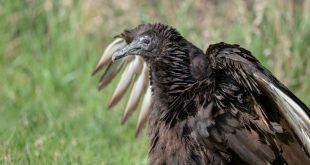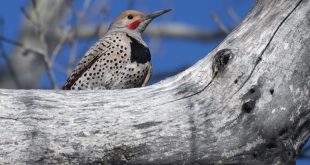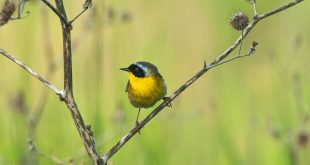After taking a break from blogging, it is time to get back to it.
We are now well into fall migration and fall is the best time of year for birding rarities. One item making news this fall in Nebraska are hummingbirds. Last year, I blogged about how to attract hummingbirds to your yard during fall migration, late July through mid-October. In that post, I noted that hummingbirds wander and rarities will show up outside, sometimes well outside, of their normal ranges. This fall has been unprecedented in regards to the number of rare hummingbirds detected in one season. First, came about four reports of Rufous Hummingbirds, a species that migrates regularly in the panhandle in fall, showing up in eastern Nebraska. This tally included two males, one of which made a brief appearance in my backyard early on a Saturday morning. I captured brief video of this bird:
[youtube]http://www.youtube.com/watch?v=5pORCnV748s[/youtube]Earlier in the season, another male Rufous Hummingbird showed up at Justin Rink’s feeder in Omaha, he also captured video documentation:
[youtube]http://www.youtube.com/watch?v=pCtNOh-G2T4[/youtube]At the end of August, Kent Skaggs documented a Calliope Hummingbird at Rowe Sanctuary near Gibbon in central Nebraska. Calliope’s are rare but regular in the western Panhandle, but this appears to be the most easterly documented report for the state.
Next came a zootie. Jay Belsan posted photos of a hummingbird coming to his feeder near Lake McConaughy. Initial reaction indicated it was either a Costa’s Hummingbird, a bird of the Southwest U.S., or an Anna’s Hummingbird, a West Coast species. After intensive scrutiny and opinions proffered by outside experts, the consensus is now the bird is a Costa’s Hummingbird. This occurrence is only the second time this species has ever been record in the state. Paul Dunbar captured video of this bird:
[youtube]http://www.youtube.com/watch?v=aGjBtDZN-Co[/youtube]Then, only a few days after the Costa’s Hummingbird was reported, Lanny Randolph and Robin Harding reported a possible Black-chinned Hummingbird, another species of the Southwest, coming to the Mathieson’s feeder at Shelton. Indeed, it does appear that the Shelton bird is a Black-chinned Hummingbird. Paul Dunbar again captured video of what will possibly be a second state record (notice the constant tail pumping exhibited by this bird):
[youtube]http://www.youtube.com/watch?v=Rff8VMvw-2U[/youtube]Nebraska’s first Black-chinned Hummingbird was documented just a year ago in 2012.
Along with regular species, such as Ruby-throated and Broad-tailed, Nebraska has now recorded six hummingbird species this fall. So, are all these hummingbird species merely increasing or expanding their range? Probably not. While at least one species, the Black-chinned, is indeed expanding its range along the front range of Colorado, the other species are not undergoing major range expansions. So what is happening? The key may be observers and birders are getting better at recognizing the minor differences of individual hummingbird species. If you watch the above videos you can see for yourself that hummingbirds, particularly females and immatures, are all similar (the exception are the male Rufous, which are about as distinctive as you get). The dynamic may now be accelerating, as birders are aware of possibilities and have identification resources at their fingertips, they may scrutinize hummingbirds even more, which in turn will likely produce more records of rarities.
As always, if you detect a strange hummingbird at your feeder, snap a photo or two if you can and drop me a note.
 Nebraskaland Magazine
Nebraskaland Magazine



